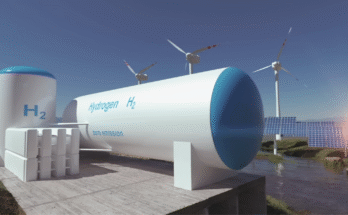Dimitri Zenghelis explains why Paul Romer’s theory of endogenous growth can be harnessed to direct and design a net-zero-carbon future while using William Nordhaus’s DICE and RICE models may already have proved truly damaging.
Last year William Nordhaus and Paul Romer jointly received the Nobel Prize in Economic Sciences: Nordhaus for his work on the damage caused by climate change and Romer for developing endogenous growth theory (PDF), which examined how economies can achieve a healthy rate of economic growth.
However, there is reason to believe that Nordhaus’s work has actually slowed humanity’s progress in addressing climate change by unnecessarily discouraging action. By contrast, Romer’s theory, which has mostly been ignored in the field of decarbonisation, gives us a full understanding of exactly what to do to address climate change. So exactly how do the two approaches differ in assessing humanity’s ability to decarbonise our economies?



